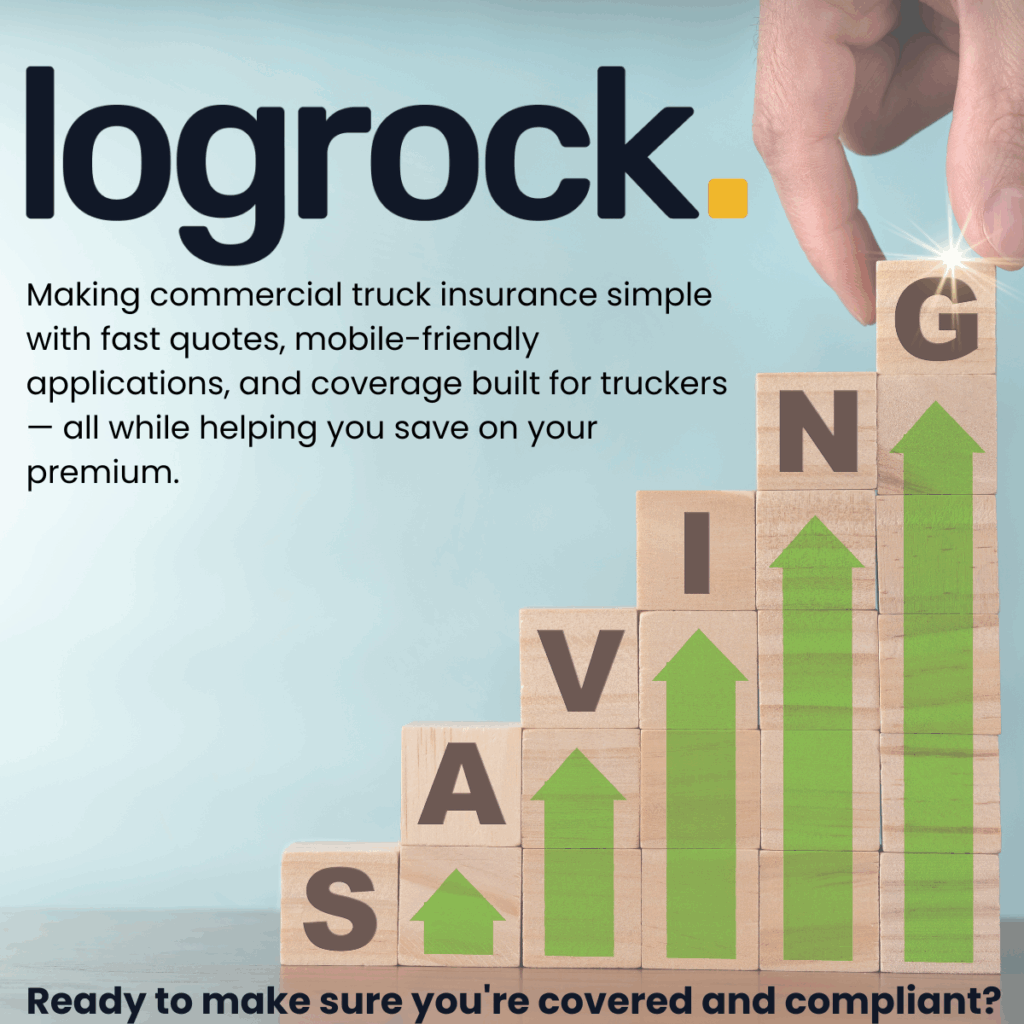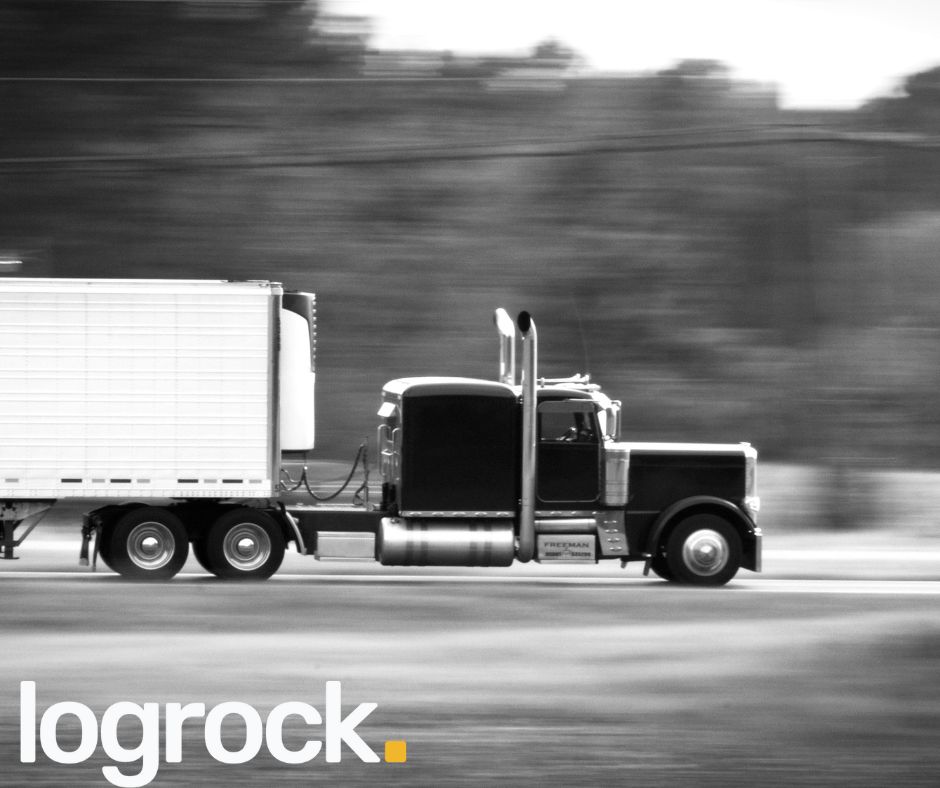Finding the right insurance provider for your trucking business doesn’t have to be a snooze-fest! 💤 Trust us, it’s way more exciting than it sounds when you know what to look for. You need a provider that’s going to have your back on the road and keep your business running smoothly—especially when the unexpected happens.
At Logrock, we’ve created this checklist to help you make the best choice for your trucking insurance needs!
1. Coverage Options That Fit Your Needs
Let’s face it—no two trucking businesses are the same! You need an insurance provider that offers a range of coverage options. Whether you’re hauling big loads or small, long distances or local routes, your insurance should reflect your unique business.
✅ Look for:
- Liability Insurance
- Cargo Insurance
- Physical Damage Insurance
- Non-Trucking Liability
- Workers’ Compensation
2. Affordable Premiums (Without Cutting Corners!)
We know you’re trying to keep costs down. Who isn’t? But don’t be tempted by low premiums that could leave you high and dry when you need coverage the most. The right provider will strike the balance between affordability and quality coverage.
✅ Look for:
- Discounts for good driving records
- Bundle options (hey, saving money is always a win!)
- Customizable plans that fit your budget
3. A Provider That Understands the Industry
Truck insurance isn’t “one-size-fits-all.” A provider that specializes in trucking insurance will have a much better understanding of the risks and nuances of the industry. They’ll know the ins and outs of DOT regulations, and they’ll have your back when the going gets tough.
✅ Look for:
- A provider with trucking experience
- Industry-specific knowledge (they should be as passionate about trucks as you are!)
- The ability to adapt to changing laws and regulations
4. Speed and Responsiveness That Keeps You Moving
The trucking world doesn’t slow down—and neither should your insurance provider. Whether it’s getting a Certificate of Insurance (COI) turned around in under 30 minutes or responding quickly to an incident, speed is crucial. A delay in paperwork could be the difference between a carrier sitting idle or securing their next load.
✅ Look for:
- Fast turnaround on COIs and other critical documents
- Quick claims response and resolution
- A provider who understands that time is money in trucking
5. Transparency—No Hidden Surprises!
The last thing you want is to be caught off guard by hidden fees or surprise exclusions when it’s too late. Make sure your insurance provider is 100% transparent about what’s covered and what isn’t.
✅ Look for:
- Clear, simple contracts
- No sneaky fine print
- A provider that explains everything upfront
6. Easy-to-Use Technology for Tracking and Managing Your Policy
We’re in the digital age, and managing your trucking insurance should be as easy as checking your phone. Look for a provider with a user-friendly app or website where you can access your policy, file claims, and even get in touch with a representative.
✅ Look for:
- An app or online portal to manage your policy
- The ability to file claims quickly and easily
- Digital proof of insurance for when you’re on the go
7. Reputation, Reputation, Reputation!
You wouldn’t trust just anyone to insure your trucking business, right? Take a look at the provider’s reviews, ask other truckers, and check out their ratings. A solid reputation means they’ll be there for you when it matters most.
✅ Look for:
- Positive reviews from other truckers
- High ratings with the Better Business Bureau (BBB)
- Word-of-mouth recommendations from people you trust
Wait, That’s Not All!
We’re more than just insurance! We’ve got a bunch of awesome partners to make sure you’re totally covered. Besides great trucking insurance, we’ve teamed up with a network of reliable folks in the industry. This means you get the support you need beyond just insurance. Think DOT compliance, factoring, legal help, financial advice, and more – all tailored for truckers. We know your business has a lot of moving parts, and we want to connect you with the best resources to keep things running smoothly from every angle. We’re not just about insuring your stuff; we want to be your go-to for all things trucking support!
You’ve Got This!
Choosing the right insurance provider for your trucking business is one of the most important decisions you’ll make. With the right coverage, support, and transparency, you can focus on what matters—getting your goods to their destination safely and efficiently.
At Logrock, we’re here to help guide you through the process with the expertise and coverage you need to keep your wheels turning. Whether you’re looking for liability, cargo, or any other type of trucking insurance, we’ve got your back!
Want To See How You Can Save More On Insurance? Learn More Here: Affordable Trucking Insurance: How to Save Big on Coverage




